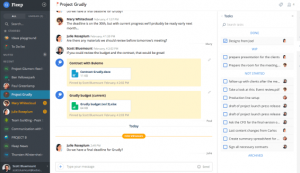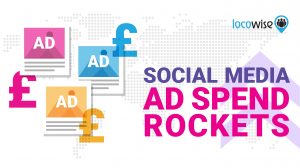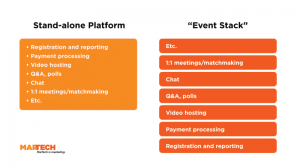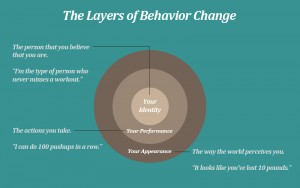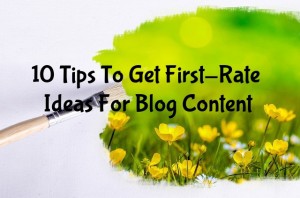
While social selling isn’t a new concept anymore, there are still plenty of companies that haven’t yet made social media a standard part of their sales toolbox.
According to LinkedIn, “Social selling is about leveraging your social network to find the right prospects, build trusted relationships, and achieve your sales goals.” Elsewhere, it’s been defined as the process of researching, connecting and interacting with prospects and customers on social media to make sales.
Social media is a tool not unlike email, marketing automation, CRM software and, of course, the almighty phone call. While it’s not uncommon now for sales professionals to look up new prospects and customers on LinkedIn, for many that’s where social selling ends. So why are so many sales people still wary of using Twitter or Facebook to do business?
The IBM Case Study
Over four years ago, IBM launched their first formal social sales program, which was limited to seven inside sales reps from their cloud computing division. The focus was on intelligent listening, which meant searching out the conversations that were popping up on social media about cloud computing.
Using LinkedIn and Twitter accounts, each program member was given social media training and supplied with both branded collateral and curated content that they could use to engage in those conversations. At the end of six months, the reps had increased their collective reach on LinkedIn significantly, going from 535 to 3,500 total followers. The program was eventually rolled out to all of IBM’s inside sales reps.
There have been several studies done since then to back up the idea that social media is playing a larger role in the buyer’s journey. A study reported in Forbes a few years ago found that 78% of salespeople who use social media to make sales perform better than their peers.
We also know that buyers are heading online to do their own purchase research. From the recently released PwC Total Retail 2016 survey, a majority of consumers said they prefer to research products online, even when they ultimately end up making the purchase in-store. Similarly, most B2B buyers (74%) say they do at least half their purchase research online before either making a purchase or even contacting sales.
Don’t Wait For Your Company to Catch Up
Even if your company doesn’t have a formal social selling program in place, there’s no reason why you can’t get started on your own. Success on social platforms is linked to how often you deliver new content, and how consistent you are in your efforts. Choose your social platforms based on where your customers are likely to be spending their time. Look at niche or industry-specific communities too.
Next, consider the quality of the content you want to share online. Who will find it useful? Is it something you would clickthrough or re-share if you spotted it in your newsfeed? It’s also important not to be overly promotional. Instead, offer a variety of valuable content, and include your own take and insights on any curated content you share.
Social media is all about the conversations, and how you run your social accounts should reflect that. Post content, share links, but more importantly, engage with other platform users. Comment on their posts, retweet their insights, get involved, and have a plan.
Your Social Selling Starter Plan
As with any new project, your chances of success rises substantially if you hammer out a plan beforehand. Here’s a framework to get you started.
- Revamp Your Profiles
You are 11 times more likely to have your LinkedIn profile viewed if you’ve included a photo. In fact, on every social platform where you maintain a presence, make sure you’ve included your photo and that it meets that platform’s specific size and resolution requirements. Keep your profile descriptions and bios up to date and review them quarterly.
- Build Credibility
Become a resource by sharing relevant articles and contributing insights to open conversations on Twitter chats, LinkedIn groups or forums like Reddit.
- Start Listening
Where do your clients go to find info about products like yours? Become a contributing member of those communities and listen to the conversations.
- Get Organized
Make your life easier with apps. There are apps out there for almost every task you can think of, so put some of them to work for you. Scheduling apps like Buffer or Hootsuite can allow you to set up your posts in advance, which can also help you determine the optimal times or days of the week for posting.
- Measure Everything
Track your social selling efforts. Depending on your which platform you’ve chosen, you will often have access to built-in analytics tools, like Twitter Insights. There are also lots of tools you can use that will include reporting features to help you track follower growth, click rates and engagement on your posts. Although it might take some time before you start to see results, start measuring right out of the gate so that you have a baseline established.
What platforms do you use for social selling? If you haven’t yet taken the plunge, what’s been holding you back? Let me know in the comments.
This article was originally published on Medium.
Digital & Social Articles on Business 2 Community(63)

